Co-ferments give cidermakers, and winemakers, an opportunity to express a sense of place in a whole new way
Grey, damp fog drifts through the towering redwood trees. On a typical summer morning, it blankets northern California’s Sonoma County, starting from the Pacific’s chilly waters and moving inland, eastward over the mountains by another 20 miles or so. By the time it burns off, typically around 9 or 10 o’clock in the morning, the sun is high and bright, the temperature rising rapidly into the 80s, only to fall again in the evening as the off-shore breezes herald the fog’s return.
The cool mornings and evenings that flank the warm, sunny days are among the factors that allow vineyards here to grow premium Pinot Noir grapes. Another is the area’s light, sandy loam well-draining soil that drains that helps keep overly vigorous vines in check. Unlike the tight austerity of a classic Pinot Noir grown in Burgundy, France, grapes from west Sonoma County still retain enough of the acid that is key to their bright, ripe red fruit aromas and flavors while not becoming jammy and overripe the way they would in the inland heat that the late-ripening Cabernet Sauvignon loves and needs. How regional conditions influence the development of these fruits is the essence of terroir.
A GROWING TREND IN THE WORLD OF CIDER
Recently, co-ferments have been gaining attention from the wine media and natural wine fans. Thanks to influential industry trailblazers paving the way, and driven by consumer tastes and crop-damaging weather, this is a trend to watch. Cider historian Darlene Hayes discusses the history and future of terroir-driven apple co-ferments and why wine retailers should get on board.
Most people working in the beverage trades will readily accept that how and where grapes are grown can have an impact on their character, as well as the character of the wine made from them. Some are skeptical that the same holds true for fruits like apples. But scientists studying cider apples at the United Kingdom’s Long Ashton Research Institute were clear more than 100 years ago: place makes a difference.
In 1908, one scientist summarized some of the institute’s observations regarding the iconic cider apple Kingston Black by writing that fruit grown north of Bristol tended to have “a slightly higher degree of acidity than those obtained farther south” and were “brisker.” The best Kingston Blacks of mid- and south-Somerset were “rich and full of body, deep in colour and very fruity,” while those from Devon were “much thinner and lighter . . . and paler in colour.”
If place can be expressed in grapes and apples, there is no reason to think that other fruits wouldn’t follow suit. Reflecting place through a wider slice of its agricultural bounty is one of the factors driving the increased interest in co-ferments.
A co-fermented cider is the simultaneous fermentation of the juice of apples plus one or more other fruits. The result is distinctly different from a cider to which unfermented juice or concentrate has been added post-fermentation — the character of this type of cider is heavily influenced by the sweet, raw nature of the addition. In a co-ferment, however, the yeasts involved, whether cultured or spontaneous, have the opportunity to work their magic on everything in the mix, transforming the whole into something greater than the sum of its parts. This offers the producer an opportunity to make a cider that expresses a sense of place in a whole new way.
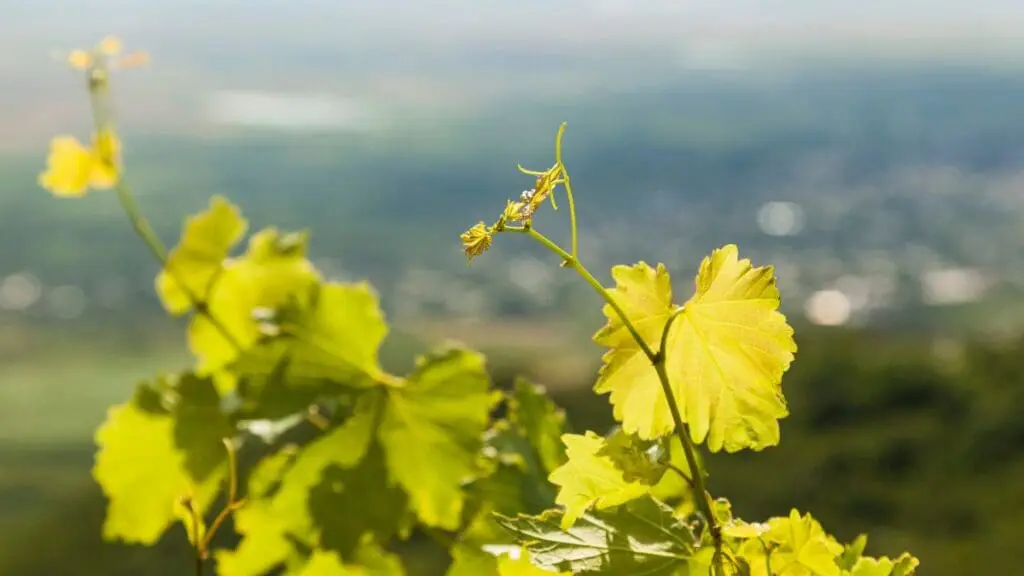
Native Flora
Cidermakers have been taking advantage of this idea for many years. Windsor, California,-based cider company Tilted Shed Ciderworks has been making a cider they call Love’s Labors since 2014. Starting with a base of local dry-farmed organic Gravenstein apple juice, Scott Heath and Ellen Cavalli add native California elderberries foraged from the nearby Russian River corridor and blackberries hand-harvested from the feral brambles along the perimeter of their home orchard. The name comes from the countless hours they must spend in the picking — truly a labor of love. The result is both earthy and herbal, combined with a sense of bramble berries that goes deeper than a sweet juice addition can.
The dry-farmed apples that are at the heart of their work are an essential piece of the place equation. The many decades-old established orchards are un-irrigated, thriving only on the rains falling throughout the winter months, their roots sunk deep into the sandy loam to find the layer of underlying water-retaining clay. This concentrates their flavor in a way that would be next to impossible in another environment, and growing something that does not require irrigation makes sense in an area where water is increasingly dear. The couple has since gone on to produce co-ferments using home-gathered and locally crowdsourced wild plums, wine grapes from their neighbors, and foraged feral, red-fleshed grapes twining through their blackberry bramble and growing in abandoned fields nearby. They are careful to limit their foraging to only about 30% of the fruit in any one locale, ensuring that the wildlife that depends on those fruits as a food source do not go wanting.
Also working with feral grape co-ferments is winemaker/cidermaker Matt Niess, owner of North American Press. After working for a number of years with another Sonoma County winemaker, Niess struck out on his own with the goal of, as he says, “telling the story of a ‘sense of place’ that is not limited to terroir and microclimates,” but that also “incorporates the cultural history of a particular area and especially the native flora.” Few in the wine world remember that decades before Pinot Noir was planted in the Russian River watershed, the Gravenstein apple was a significant local crop. The climate and soils that support the growing of good Pinot Noir make for utterly amazing Gravensteins, too. Well before the apples came, there were native wild grapes, Vitis californica, climbing through the oaks.
Several years ago, Niess became caretaker of an old orchard of Gravensteins near a butterfly sanctuary and began co-fermenting their juice with what wild grapes he could glean along the rural roads. “Wildcard is my attempt at telling a story of Sonoma County that goes beyond European wine grapes,” he says. “It celebrates the Gravestein and honors our own native grape at the same time. It is just 10% wild grapes and yet provides just enough phenolic notes, texture, acidity and color to make an intriguing story.”
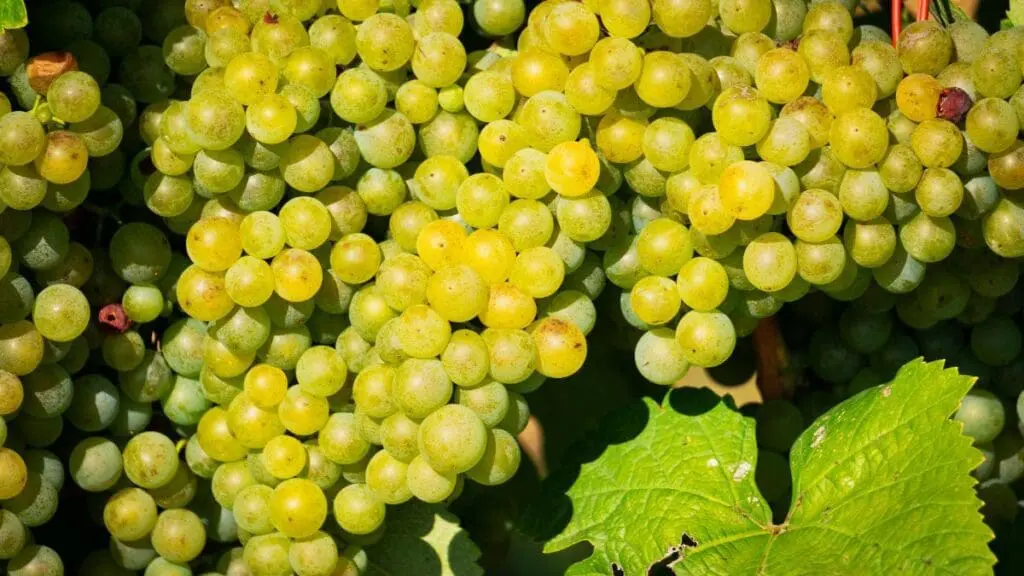
Cold-Climate Grapes
Eden Specialty Ciders in Newport, Vermont, has taken a slightly different approach to sourcing other fruits for their co-ferments. Vermont is well north of where most European grapes can ripen well, or even survive the long, harsh winters, though many apple varieties do just fine. Over the last several decades, new cold-hardy grape varieties have been created that combine the genetics of European grapes, Vitis vinifera, with those of native North American species such as Vitis riparia or Vitis rupestris.
In 2019, Eden’s owner Eleanor Léger and then cidermaker Garret Huber were thinking about expanding the company’s horizons by experimenting with co-fermentation. They reached out to nearby Shelburne Vineyards and the related Iapetus project, attracted to their shared approach to sustainability, both in the growing and in the making. Winegrower Ethan Joseph picked two high-acid hybrids, Louise Swenson and Itasca, that he believed would be good candidates for a sparkling wine/cider.
“At Eden, we were trying to tame the acid from the grapes and add a tiny bit of tannin,” Huber says of his choice of Egremont Russet, Binet Rouge and Gravenstein apples for that first 50/50 grape/apple blend. “The fermentation was spontaneous and added a small amount of funk, which I think was a nice complement to the super aromatic grapes and apples. You can think of doing a co-ferment like making a stew — the flavors and aromatics become harmonious during fermentation.”
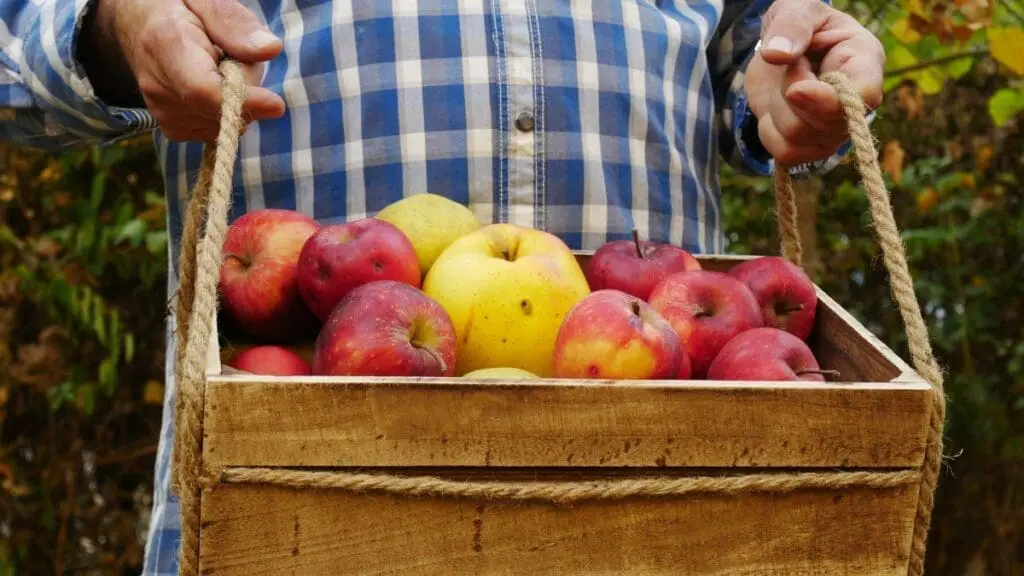
The experiment, and collaboration, proved to be so successful that in 2023 Eden Ciders, Shelburne Vineyards and Iapetus merged, their vision one of building a stronger appreciation for Vermont’s cold climate wines and ciders and demonstrating that V. vinifera is not the end of the story. More co-ferments will certainly appear in future vintages.
There was a time when apple purists eschewed the fermentation of other fruits. Progressive cidermakers saw beyond this limitation, realizing that the expression of a place could come from an expanded view of the foodshed. For visionaries such as Tilted Shed’s Cavalli and Heath, North American Press’ Niess, or Eden’s Léger and Huber, an essential part of expressing a certain place is coming to terms with and embracing the totality of the environment, whether it is extreme cold or increasingly regular drought. That something utterly delicious can result may be one of nature’s small miracles.
For the far-thinking retailer, apple co-ferments offer up the sophistication of a grape-only wine without the baggage of established wine styles and their limiting expectations. They also create an exciting entry point for the wine drinker that tried one mass-market sweet cider five years ago and thinks that’s all there is to the category. All this puts terroir-expressive co-ferments in a position to become the breakout drink of 2023.
Story excerpt from the 2023 Cidercraft / ACA State of the Industry Report



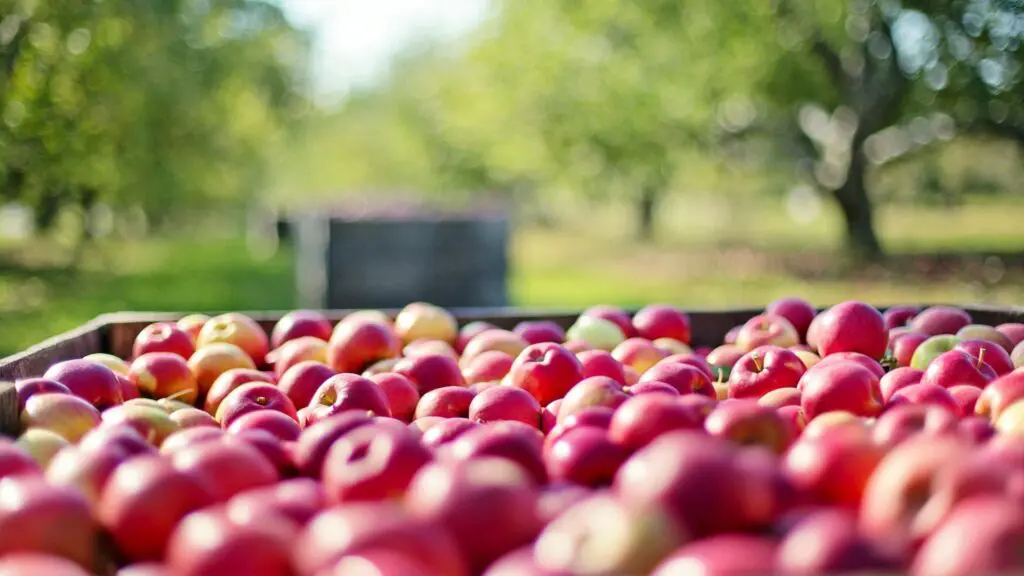



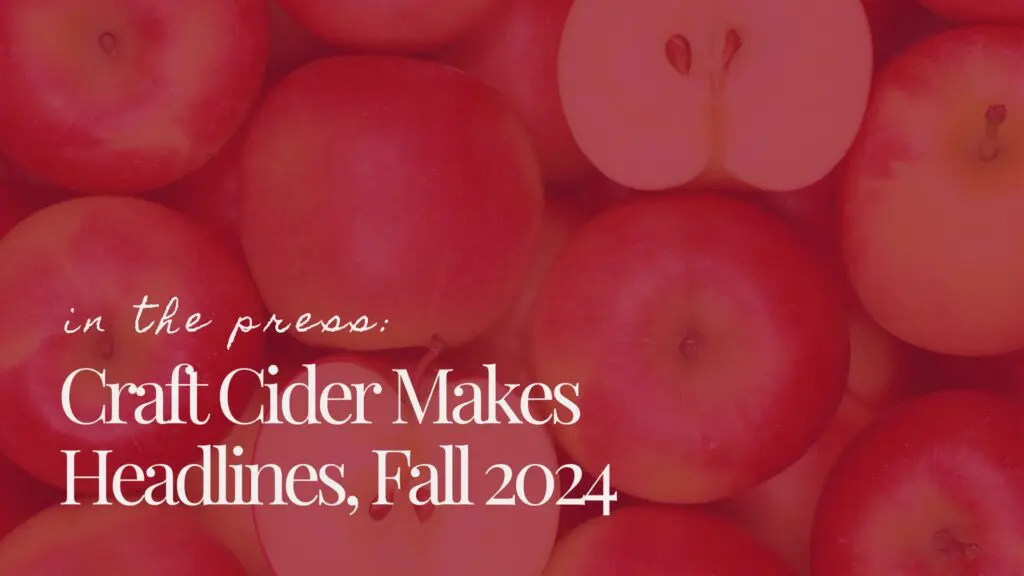





 Introducing Island Daiquiri from @portlan
Introducing Island Daiquiri from @portlan







